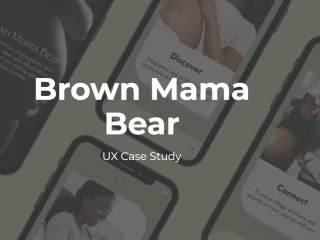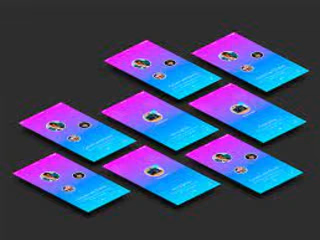USTAWI
BACKGROUND
Ustawi works at the intersection of food security and food safety. They work with smallholder farmers by providing them with the necessary training for best farming practice so as they can produce high-quality produce which we off-take and supply to vendors.
Over time, the operation costs of aggregating from smallholder farmers become unsustainable for our current model. We are currently considering how to re-design the model with smallholder farmers.
DESIGN CYCLE

DISCOVER
Objectives
In this phase, I collected insight into the problem, explored challenges, needs, and opportunities.
I came up with 3 objectives:
Identify problems and opportunities to be addressed.
Define the solution space(s) and boundaries.
Build a rich bank of knowledge resource that can be translated into design
Tools and Methodologies
The tools and methodologies identified in this stage were:
Journey Maps
Service Safari
User Shadowing
RESEARCH QUESTIONS
I set out to answer some questions at the beginning of the service re-design.
How is the current situation organized?
What is the product flow?
What is the money flow?
What is the workflow ?
What is the cost structure?
What would be a good outcome according to stakeholders?
DEFINE
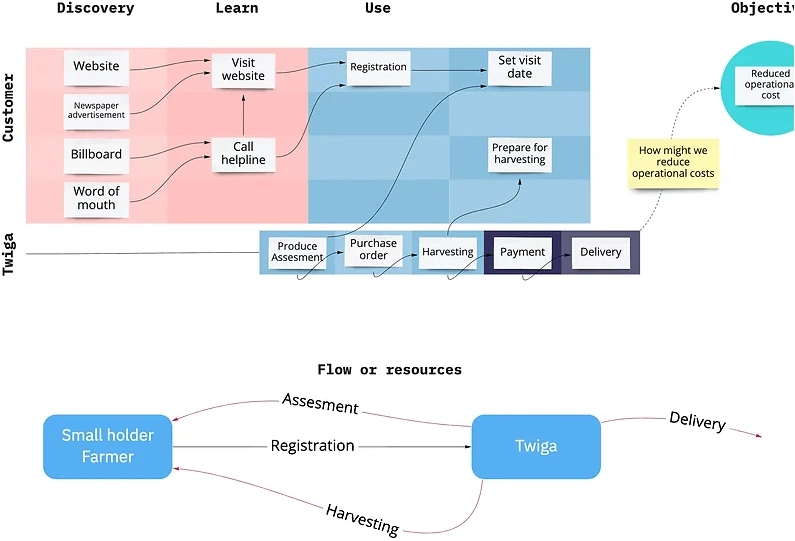
OUTCOME
I created a journey map that highlights the flow of resources. This stage provides a key insight, which is a significant amount of resources spent on logistics.
The first part of the map highlights the points at which the customer and employee interact with the service from registration of a farmer to collecting produce during harvesting.
The second half shows a more visual flow of resources with the red arrows representing the company employee journey and the black arrows representing the farmer's journey.
Resources:
People
Time
Transport
DEVELOP
In this phase, I used the insights gathered from the Discovery phase to determine some
objectives for the objectives in the Design phase which would help identify opportunities.
Objectives
Analyze the outputs of the Discover phase
Synthesis the findings into a reduced number of opportunities
Define a clear brief that aligns with business objectives for sign off by stakeholders
Tools and Methodologies
Brainstorming
Design Brief
OUTCOME
Key ideas identified were the creation of a central hub. The hub's main purpose would be to reduce the number of resources flowing out of the company.
Functions of the hub.
Customer registration
Safe storage of produce brought in either by the farmer themselves or produce harvested by the company.
Farmer education services
Providing credit to farmers.
At this stage, a design brief was developed for key stakeholders.
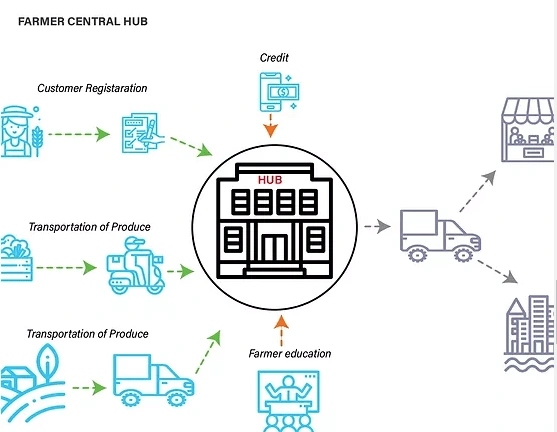
DEVELOP
Objectives
Develop a brief for implementation of service
Design service components in detail as part of a holistic experience
Test concept with end-users
Tools and methodologies
Service Blueprint
Experience Prototyping
Business model canvas
OUTCOME
I created a service blueprint of the hub that visualizes the relationships between different service components — people, props (physical or digital evidence), and processes — that are directly tied to touchpoints in a specific customer journey.
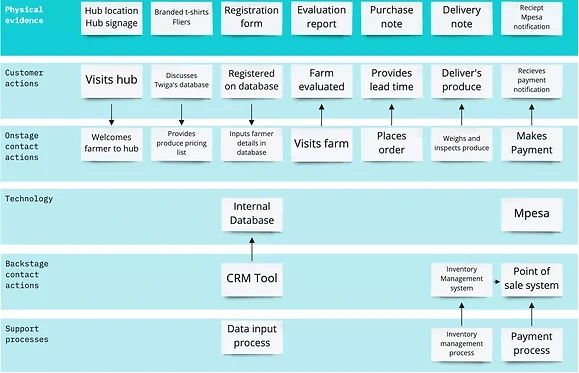
CONCLUSION
The service blueprint helped the company see the big picture of how a service would be implemented and used by the customers.
Like this project
Posted Jul 20, 2022
A service redesign project for a company working to provide a complete supply chain between farmers and vendors.
Likes
0
Views
31





